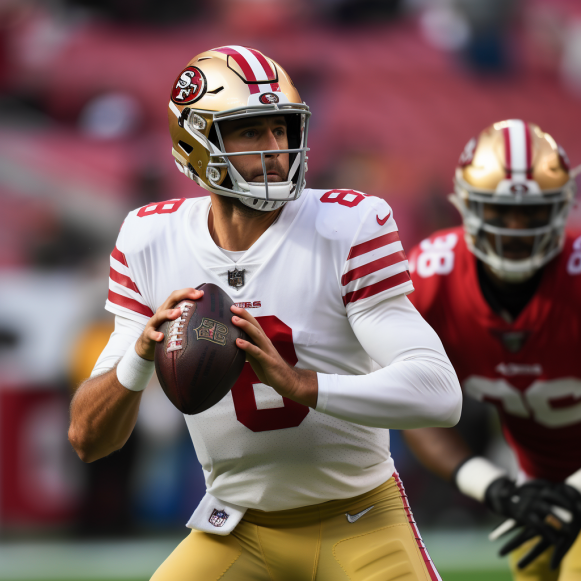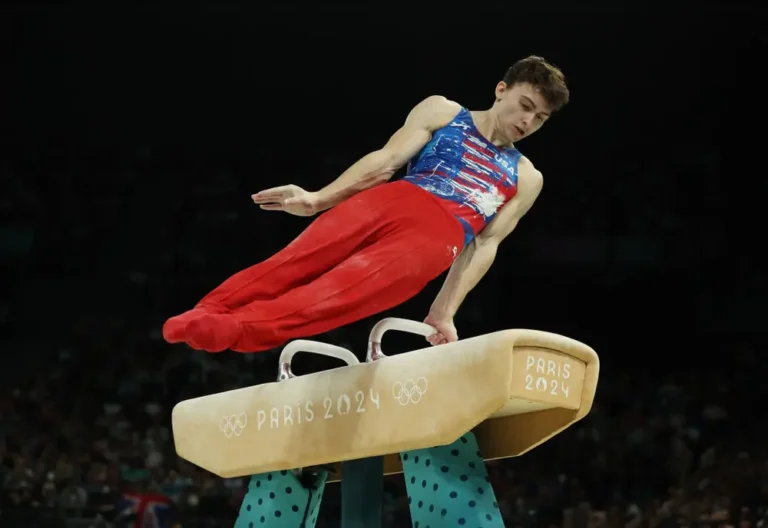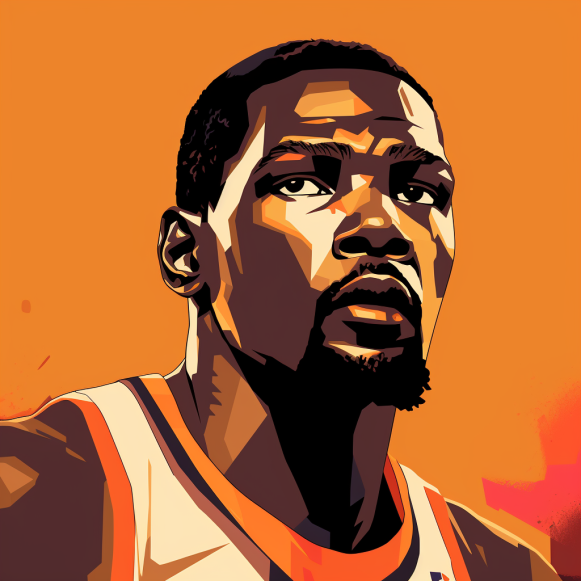Football video games are a time capsule

Sports video games function as time capsules or portals to the past. They capture and preserve a season in ones and zeroes with their rosters, playbooks, and features, and then bring that past to life with the press of a button.
Since the release of Nintendo’s Tecmo Bowl in 1989, video games have changed how fans understand and interact with America’s favorite sport.
When the first great football game was released, it didn’t even have the NFL license. The Tecmo Bowl teams were named after cities rather than teams, but they wore the colors of the corresponding NFL team. They did, however, have the NFL Players Association license, which was sufficient. Fans could take on the role of Joe Montana and throw to Jerry Rice.
Bo Jackson of the Los Angeles Raiders was the first breakout star in NFL video games. The running back was an unstoppable force in the game, and the way coaches used him to outrun tacklers made him appear to be from another planet. Although his football career was cut short due to injuries, Jackson’s greatness lives on for a new generation of fans who remember him for his “Tecmo Bowl” accomplishments rather than his football ones.
Enter John Madden
One of the issues with those early-generation games was that the visuals, which were cutting-edge tech at the time, were still rudimentary. The pixels onscreen were a step up from stick figures, and the genre was still evolving. In “Joe Montana II: Sports Talk Football,” developers experimented with different perspectives and added play-by-play announcers.
But nothing really clicked until EA’s “John Madden Football” really took off in the 1990s. The title’s popularity mirrored his commanding presence in the broadcasting booth he shared with Pat Summerall. It resulted in an unforgettable synergy. Fans would watch the two call the games in person, then fire up the console and hear them discuss the plays unfolding in the video game. Although the legendary duo has since died, their voices live on: You can still hear them calling plays if you get a vintage copy of an early “Madden NFL” game.
Madden vs NFL 2K
With the introduction of 3D polygon graphics, football video games gained realism to the point where, from a distance, you couldn’t tell if a fan on the couch was watching or playing on the gridiron. It wasn’t always the case that “Madden NFL” was the only game in town. It competed with Visual Concepts’ “NFL 2K” series, with the two companies constantly trying to outdo each other.
Beginning with “NFL 2K3,” the game included an ESPN-style presentation, complete with logos and halftime reports. Dan Patrick was even in the intro. If you’ve ever wanted to see what the Sports Network looked like in its heyday, this is the show to watch.
The last version of the franchise is beloved by fans because it was a genuine better game that gave “Madden” a run for its money, at least until the following year, when EA purchased the exclusive rights to use NFL teams and players. However, the competition of those five years propelled the genre forward, driving innovations that made the games more realistic while also reflecting trends on the real gridiron.
Vick changes the game in more ways than one
Vick was a transcendent talent, but his legal troubles with a dogfighting ring caused him to be removed from “Madden NFL 08.” It was one of the first times that had ever happened, and it served as a reminder of the growing reality of modern video game football: athletes could be removed and their stats updated throughout the season, thanks to online updates and living rosters.
On the other hand, while a scandal could result in the removal of a player, athletes have been added for positive reasons. EA announced in 2021 that former San Francisco 49ers quarterback Colin Kaepernick would return to the series as a top free agent in “Madden NFL 21.” Since 2016, his silent protest against police brutality and racism had resulted in his removal from the series. His reintroduction came after a year in which athletes emphasized law enforcement officers’ use of force following the death of George Floyd.
Sports do not take place in a vacuum. They reflect the chaos and vibrancy of everyday life. Reality seeps into those ones and zeroes as video games push the boundaries of realism. They reflect trends ranging from the popularity of the Wildcat offense in “Madden NFL 10” to Devin Hester’s 100-rated speed at his peak.
Football video games have evolved into more than just a pastime for those interested in learning more about the sport. The games allow fans to appreciate what they’re seeing on the field even more. It allows them to enjoy football as it will be played in 2023 — as well as as it was played in 2009. If you find an old copy of “Madden,” you’ll be transported back to a time when Brett Favre was on the Vikings and Chris Johnson was setting records for the Titans. It’s a time capsule that comes to life when you hold the controller.






